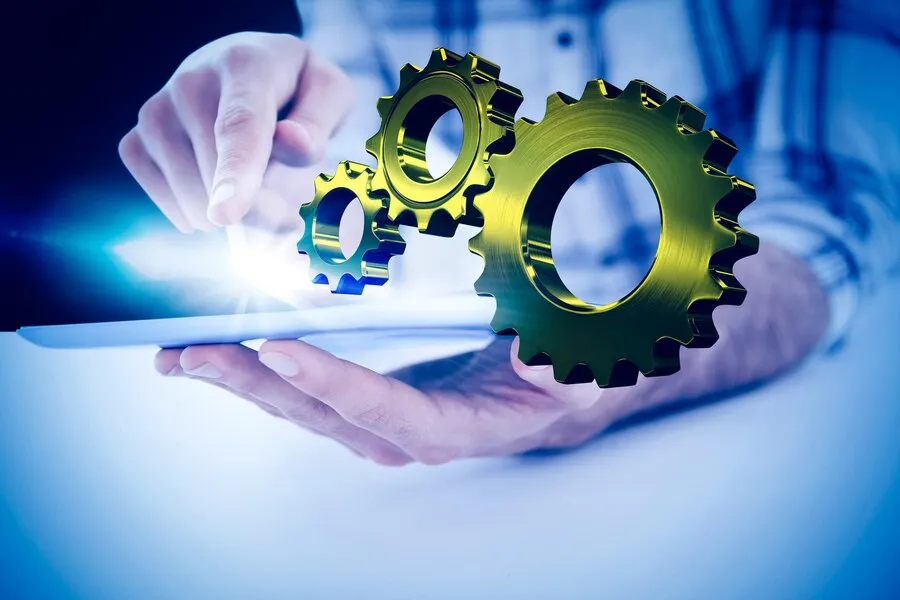In the ever-evolving world of technology, staying ahead of the curve can be a daunting task. For DIY computer builders, the solution lies in adaptability. Building a computer with upgradable parts ensures that your rig remains powerful and relevant for years to come.
This guide will explore the best upgradable components, allowing you to future-proof your machine and keep pace with technological advancements.
The Importance of Upgradability
Before diving into specific components, it’s important to understand why upgradability is essential. Technology advances at a rapid pace, and what’s cutting-edge today may become obsolete tomorrow. By choosing upgradable parts, you protect your investment, save money in the long run, and maintain peak performance without needing to build an entirely new system.
Key Upgradable Components
1. CPU (Central Processing Unit)
The CPU is the brain of your computer, handling all the instructions from your software. When selecting a motherboard, ensure it’s compatible with high-end CPUs and supports future generations of processors. Look for motherboards with robust power delivery systems and BIOS updates that support new CPUs. Brands like Intel and AMD frequently release new processors, so having a compatible motherboard is crucial.
2. GPU (Graphics Processing Unit)
For gamers and content creators, the GPU is a critical component. Graphics card technology evolves rapidly, with new models offering significant performance improvements. Choose a case with adequate space and cooling options to accommodate larger, more powerful GPUs. Additionally, ensure your power supply unit (PSU) has enough wattage and the necessary connectors to support future upgrades.
3. RAM (Random Access Memory)
RAM affects your computer’s ability to handle multiple tasks simultaneously. Opt for a motherboard with multiple RAM slots, allowing you to increase memory capacity as needed. Consider starting with a minimum of 16GB of RAM, with the option to upgrade to 32GB or more in the future. RAM prices fluctuate, so it’s wise to invest in additional memory when prices are favorable.
4. Storage (SSD and HDD)
Storage technology is constantly improving, with SSDs becoming faster and more affordable. Ensure your motherboard has M.2 slots for NVMe SSDs, which offer superior speed compared to traditional SATA SSDs. For bulk storage, consider using high-capacity HDDs. The combination of fast SSDs for your operating system and programs, along with large HDDs for data storage, provides the best of both worlds.
5. Motherboard
The motherboard is the backbone of your computer, connecting all other components. Choose a high-quality motherboard with ample PCIe slots, USB ports, and support for the latest standards (such as PCIe 4.0 or 5.0). This ensures compatibility with future upgrades and peripheral devices. Brands like ASUS, MSI, and Gigabyte offer motherboards with advanced features tailored for upgradability.
6. Power Supply Unit (PSU)
A reliable PSU is crucial for the stability and longevity of your system. Opt for a modular or semi-modular PSU with a high wattage rating and an 80 Plus certification for energy efficiency. Modular PSUs allow you to connect only the cables you need, reducing clutter and improving airflow. As your system grows and demands more power, a high-quality PSU ensures you have the necessary headroom for future upgrades.
7. Cooling Solutions
Effective cooling is essential for maintaining optimal performance and prolonging the lifespan of your components. Invest in a case with good airflow and compatibility with various cooling solutions, such as air coolers and liquid cooling systems. Ensure your case has enough space for additional fans or radiators if you decide to upgrade your cooling system in the future.
8. Peripherals and Accessories
While peripherals like monitors, keyboards, and mice may not directly impact your computer’s performance, they enhance your overall experience. Invest in peripherals that can adapt to future technologies, such as monitors with higher refresh rates or keyboards with customizable keys. Quality peripherals can last through multiple system upgrades, providing consistent performance and comfort.
Also Read: Office Data Highways: Building Backbone Infrastructure
Maximizing Your Laptop’s Performance
Opting for a custom laptop builder allows for portable computing without losing customization benefits. It offers personalized configurations within the compact laptop form, focusing on future-proof aspects like upgradeable components and improved storage. This ensures your laptop remains adaptable and extends its lifespan, keeping pace with technological advancements. Custom builds often include high-end GPUs and CPUs, plus efficient cooling solutions, benefiting gamers, creatives, and tech enthusiasts who need peak performance on the move.
Final Thought
Building a computer with upgradable parts is a smart investment for any DIY enthusiast. By choosing components that can adapt to future advancements, you ensure your rig remains powerful and relevant for years to come. Prioritize compatibility, quality, and future-proofing when selecting your parts, and enjoy the flexibility and performance that comes with an upgradable system.

